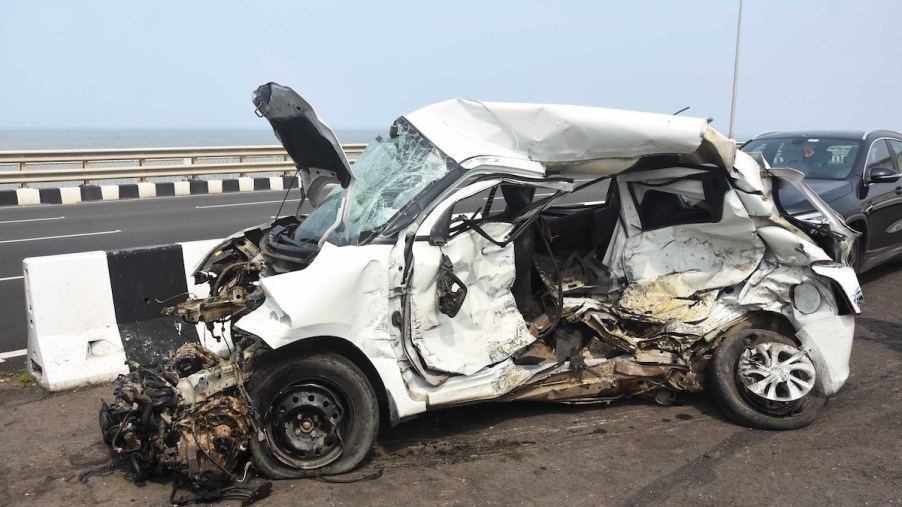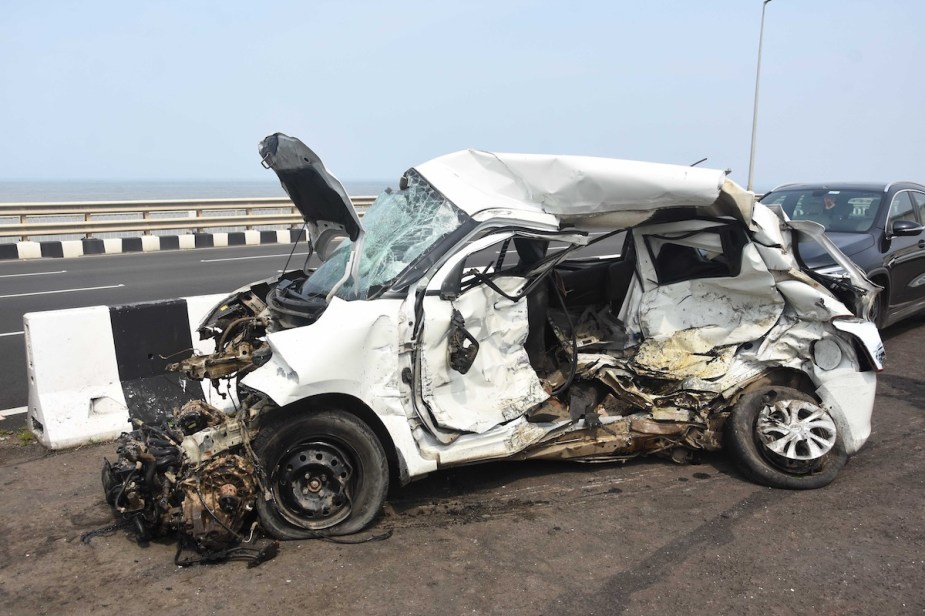
Auto Insurance Terms: What Does Liability Limit Mean?
Auto insurance is one of those things people hope to never use. Nevertheless, most drivers understand it’s imperative to have adequate coverage. If an accident should occur, or if a person’s vehicle is damaged because of a natural disaster, theft, or vandalism, having sufficient insurance can make the difference between paying hundreds or even thousands of dollars to cover the issue or perhaps paying nothing at all.
The difficulty in interpreting auto insurance terms

Do you find its terminology confusing when you receive your auto insurance bill? If so, you are not alone. Access Auto Insurance lists a sample of some of the confusing insurance terms you may see on your policy.
However, from a driver’s perspective, it’s important to understand what you’re getting when you pay for insurance. You want to ensure you’re sufficiently covered and not paying for coverage you don’t need.
What is liability limit coverage?
To understand the definition of limits to liability coverage it’s important to review some other auto insurance terms that factor into creating a complete picture of what constitutes a liability limit.
Liability insurance – The liability portion of your insurance bill addresses accident expenses for which you are responsible. In other words, you are liable because you are responsible for the accident.
The first possible expense is associated with property damage. In other words, if you cause an accident that damages a nearby building or home, you need insurance to pay for damage affecting those structures. You also need liability insurance to cover legal bills you may incur if you are sued due to your accident. Lastly, liability insurance is needed to pay for their medical bills if you cause an accident that results in someone being physically injured.
The state in which you live may have laws regulating the maximum amount insurance companies must pay, or your individual auto insurance policy will determine the maximum amount of liability insurance you have.
Bodily injury per accident maximum – Auto insurance companies limit the amount they’re willing or required to pay if an accident should occur. The bodily insurance per accident maximum is the maximum amount an insurance company will pay per accident.
Bodily injury per person maximum – This sounds the same as bodily injury per accident maximum, but it’s not. For example, say you have a policy that covers a maximum of $300,000 per accident, but your bodily injury per person maximum is set at $50,000. If you caused an accident that injured six people, each person would be covered for a maximum of $50,000 worth of expenses.
If your accident caused injury to seven people, your $300,000 per accident maximum would come into play if they all claimed tried to claim $50,000 worth of expenses. This is because $300,000 (your maximum coverage), shared equally among seven people, is less than $50,000 each.
Property damage limit – This term is relatively straightforward. It’s the maximum amount your insurance company will pay toward property damage after an accident for which you are at fault.
So if you see something like this, “60/100/30 are your liability limits” on your insurance policy, what it’s listing is the maximum your insurance company will pay for bodily injury per person ($60,000), bodily injury per accident ($100,000), and property damage ($30,000). These are your liability limits.
How to ensure you have complete liability limit coverage
It’s essential to have the right amounts in terms of liability limit coverage because if you cause an accident, you can be sued for all the expenses that go above the liability limits listed in your insurance policy. For example, if you cause an accident, injured parties may decide to sue you personally when their expenses exceed what your insurance company must pay. The injured parties will receive partial compensation from the insurance company, but they have the right to sue you for the rest of their expenses. If they win their case in court, you’ll have to dip into your own savings account, investments, etc., to pay damages to them.
If you are unsure how much liability limit coverage you need, talk to your insurance agent about all the assets you own. They can help you determine how much you need regarding liability limit coverage, so all your assets are protected.


